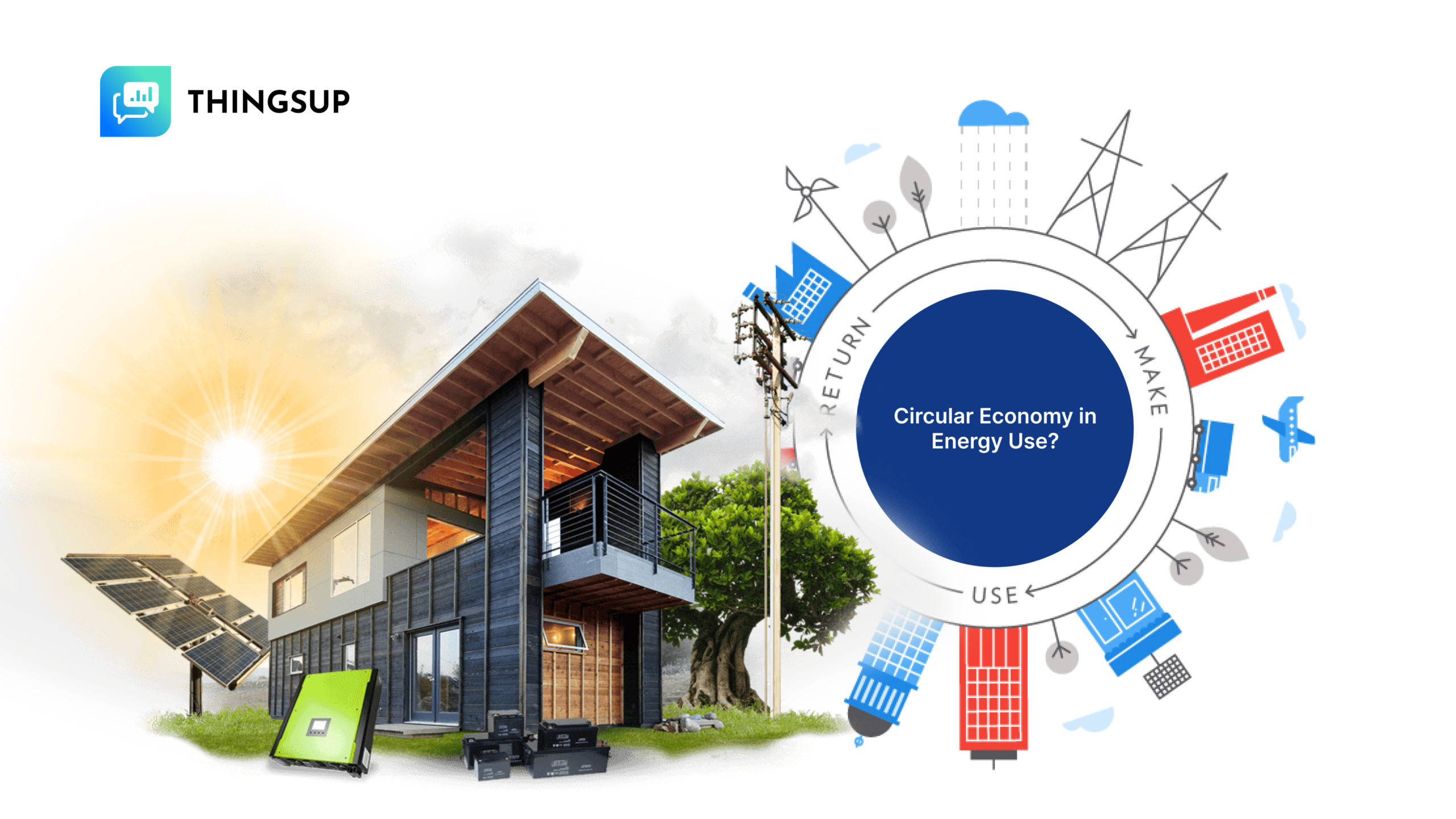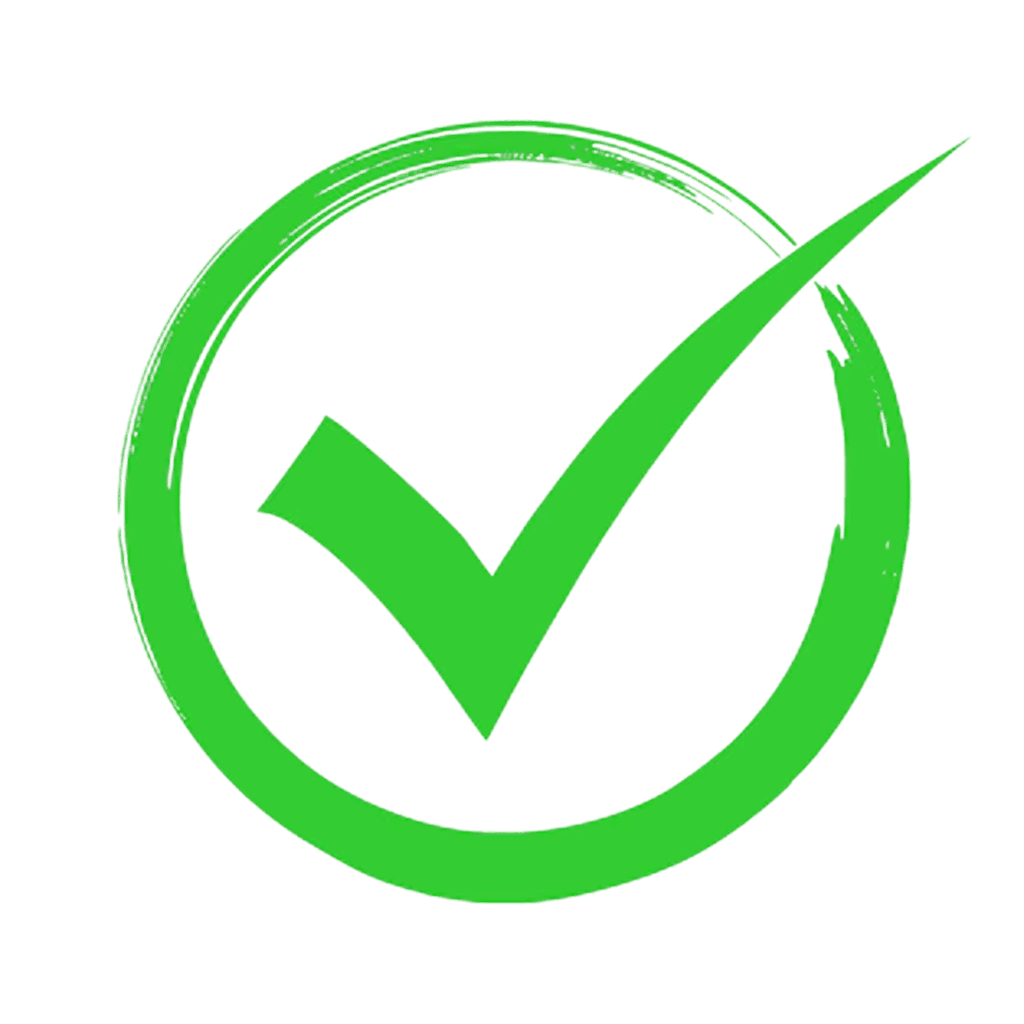Today, everyone is worried about climate change. On the one hand, energy use is increasing and the world is suffering from a lack of resources. In this case, the concept of circular economy is the emerging key player that addresses resource depletion and energy wastage.
When it comes to improving energy efficiency, this concept considers the 3Rs: reducing consumption, reusing energy innovatively, and recycling waste energy to create a more sustainable system. The IoT energy monitoring system is one of the most effective tools for achieving these 3Rs.
These systems help businesses optimize their energy usage by tracking and using it more effectively.
In this blog, we’ll discuss how IoT energy monitoring systems facilitate a circular economy, its benefits, and the steps to successfully implement IoT systems.
What is a Circular Economy in Energy Use?
A circular economy in energy use focuses on 3R’s:
- Reducing: Optimize energy usage by reducing it.
- Reusing: Reuse energy wherever possible (for example, using heat waste for heating systems).
- Recycling: Recycling the energy obtained from renewable sources.
What happened in traditional energy models was that they focused only on energy production, energy consumption, and energy waste.
In the circular economy approach, energy can be strategically used to create a closed-loop system. Consequently, energy continuously cycles through processes without producing waste.
Key Differences Between Linear and Circular Energy Systems
| Aspect | Linear Energy System | Circular Energy System |
| Energy Flow | One-directional: Produce → Consume → Waste | Closed-loop: Produce → Consume → Reuse → Recycle |
| Resource Use | High resource extraction and energy loss | Minimal resource extraction, energy reuse, and recycling |
| Environmental Impact | High emissions, waste generation | Reduced emissions, minimal waste, and resource optimization |
| Economic Benefits | Short-term profits, long-term inefficiencies | Long-term sustainability and profitability |
What Role Do IoT Energy Monitoring Systems Play in a Circular Economy?
IoT platform have completely changed the way energy is managed. These systems work intelligently.
They use smart devices with sensors to monitor energy usage in real time. You can immediately receive feedback on energy usage through real-time monitoring, allowing you to control it according to your needs. Moreover, if energy wastage occurs, you can quickly detect it and take immediate action.
Key Features:
- Energy data collected in real-time: It is possible to measure energy consumption with constant monitoring.
- A review of the energy consumption: Historical data helps to understand usage patterns.
- Predictive Analysis: Smart systems can forecast when power consumption will peak, improving scheduling and using available resources.
- Automated Control: Energy systems are capable of automatically adjusting to maximize efficiency.
Businesses can use an IoT based energy monitoring system to switch to a more sustainable and resource-efficient energy model. This will reduce waste and increase energy reuse.
How Does IoT Energy Monitoring Support a Circular Economy?
Here’s how an IoT energy monitoring system supports the circular economy:
Reducing Energy Consumption
The first R of the circular economy is reducing energy consumption.
Here, energy monitoring system using IoT help businesses detect inefficiencies in energy usage. Such as:
- Peak energy times: These systems detect when energy consumption is highest. Based on this information, they help reduce energy usage.
- Idle Energy: These systems detect which equipment or machinery consumes power, even when unused.
- Energy Leaks: These systems detect energy leaks and faults that lead to energy wastage.
Reusing Energy
The next step is to focus on the strategies that can be used to reuse energy. It includes:
- Track waste energy: These IoT monitoring systems identify areas where energy is being wasted and energy, such as heat from industrial processes, can be reused.
- Manage microgrids: In decentralized systems, the energy that is produced in excess can be utilized. IoT Monitoring systems ensure that surplus energy is redistributed so that there is no overreliance on traditional energy grids.
For example, A business might utilize surplus heat produced by its equipment to warm its buildings, thereby decreasing dependence on outside heating sources.
Energy Recycling through Renewable Integration
Internet of Things (IoT) energy monitoring system make it easier for businesses to integrate renewable power sources like solar and wind into their current infrastructure. Notably, among these are:
- Solar energy tracking: IoT systems effectively monitor the much energy produced by from solar panels and, furthermore, ensure that the energy is used optimally.
- Wind energy optimization: These systems optimize energy usage according to wind energy availability after predicting output through weather data.
| Renewable Source | Energy Monitoring Role | Circular Economy Impact |
| Solar Power | Track and optimize solar panel efficiency | Reduce reliance on non-renewable sources |
| Wind Energy | Monitor wind power generation and storage | Recycle energy back into the grid |
| Geothermal Energy | Ensure energy is used efficiently in heating and cooling systems | Reuse energy effectively for long-term sustainability |
What Are the Benefits of Data-Driven Energy Optimization?
The biggest advantage of IoT technology for any business is data collection. These systems collect and analyze a vast amount of data. With the help of this data, organizations can manage their energy utilization continuously and strategically.
| Optimization Aspect | Description | Impact on Circular Economy |
| Equipment Efficiency | Identifies machines that consume more energy than expected | Helps avoid energy waste and extends the lifespan of equipment |
| Process Optimization | Tracks energy use throughout the entire production process | Increases overall process efficiency by reducing resource strain |
| Energy Load Balancing | Adjusts energy distribution based on real-time data | Reduces peak energy loads, lowering the need for excess energy generation |
| Predictive Maintenance | Detects potential equipment issues before they lead to energy loss | Reduces downtime and ensures energy is used efficiently |
Practical Steps to Implement IoT Energy Monitoring for a Circular Economy
Step 1: Conduct an Energy Audit
First, understand your current energy consumption patterns, identify the areas where you consume the most energy, and then pinpoint where you can reduce energy wastage.
Step 2: Install IoT Sensors and Monitoring Devices
Install sensors where they are most required to monitor energy consumption. Then, select a scalable system that can be adapted to changing requirements.
Step 3: Analyze Data and Identify Inefficiencies
Then, real-time data will be used to identify patterns of energy usage. Next, determine where you can reduce energy or optimize usage in specific areas.
Step 4: Integrate Renewable Energy Sources
Evaluate how you can integrate renewable sources into your existing system. Then, using the monitoring system, you will track renewable energy production and optimize it according to the requirements.
Step 5: Automate Energy Management
Use the system’s automation capabilities to adjust energy consumption in real time. Implement energy-saving measures to operate during non-peak times.
How do IoT Energy Monitoring Systems enable energy reuse?
One of the fundamental pillars of a circular economy is reusing energy wherever possible. Energy monitoring system help you identify areas where you can reuse energy, which is advantageous because it eliminates the need to generate new energy.
Energy Reuse in Industrial Processes
In industries, the manufacturing sector generates most of the energy through heat, surplus electricity, or kinetic energy. Suppose manufacturing plant installs an IoT-enabled monitoring system. In that case, it can capture this excess energy and use it for secondary processes like heating water, powering auxiliary machines, or charging energy storage systems. This approach also saves significant costs and ensures you use energy efficiently.
Examples of Energy Reuse in Industrial Settings
| Industry | Type of Energy Waste | Reuse Method | Result |
| Textile | Excess heat from dyeing machines | Redirected to preheat water for subsequent dyeing processes | Reduced overall energy consumption by 20% |
| Automotive | Kinetic energy from assembly lines | Captured and stored in energy storage systems to power auxiliary machines | Decreased dependency on grid power during peak hours |
| Food Processing | Steam from cooking processes | Used to heat facility spaces or power steam turbines | Saved on heating costs and improved overall facility efficiency |
Energy Reuse in Smart Buildings
Smart buildings equipped with Internet of Things energy monitoring systems reuse energy more effectively. For example, they repurpose waste heat from heating, ventilation, and air conditioning (HVAC) systems to heat water for restrooms or power other building services, reducing the need for additional energy.
Benefits of Implementing an IoT Energy Monitoring System for a Circular Economy
| Benefit | Description | Impact on Circular Economy |
| Cost Savings | Reduces energy consumption by identifying inefficiencies and then optimizing energy use. | Minimizes resource waste, lowering both of your operational costs and energy demand. |
| Reduced Carbon Footprint | Tracks energy usage and reduces dependence on non-renewable sources. | Lowers greenhouse gas emissions, contributing to sustainable energy saving practices. |
| Improved Compliance | Ensures adherence to energy efficiency regulations and sustainability standards. | Helps businesses stay ahead of regulatory requirements while boosting their eco-friendly image. |
| Data-Driven Decisions | Provides real-time insights into energy use, enabling informed decision-making. | Allows for precise adjustments, improving resource allocation and efficiency. |
| Energy Reuse Opportunities | Identifies potential for repurposing waste energy within the system. | Facilitates closed-loop energy systems, reducing waste and enhancing sustainability. |
Conclusion
Moving towards a circular economy is no longer futuristic; it is happening now. The biggest push for change is IoT energy management system. Because these systems have given us the tools to track, optimize, and reuse energy in a way that doesn’t harm the environment, businesses can follow the concept of a circular economy by cutting down on energy waste, reusing resources, and recycling energy through renewable sources. This will not only save them money but also lower their carbon footprint.
If you also want to switch your business towards a more environmentally friendly energy model, this is the right time to invest in an IoT energy monitoring system. If you have any queries, you can contact us at Thinsgsup. Our team of IoT experts will help you solve any complex problems related to energy efficiency.






